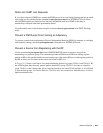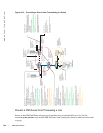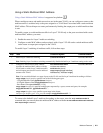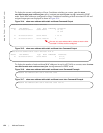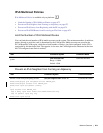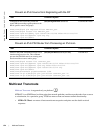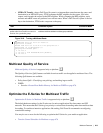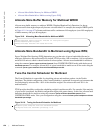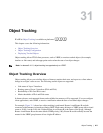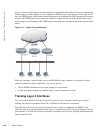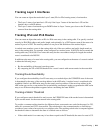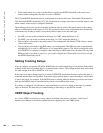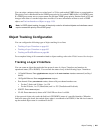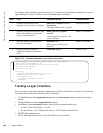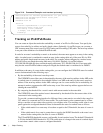
Object Tracking | 677
31
Object Tracking
IPv4/IPv6 Object Tracking is available on platforms: c e s
This chapter covers the following information:
• Object Tracking Overview
• Object Tracking Configuration
• Displaying Tracked Objects
Object tracking allows FTOS client processes, such as VRRP, to monitor tracked objects (for example,
interface or link status) and take appropriate action when the state of an object changes.
Object Tracking Overview
Object tracking allows you to define objects of interest, monitor their state, and report to a client when a
change in an object’s state occurs. The following tracked objects are supported:
• Link status of Layer 2 interfaces
• Routing status of Layer 3 interfaces (IPv4 and IPv6)
• Reachability of IPv4 and IPv6 routes
• Metric thresholds of IPv4 and IPv6 routes
In future releases, environmental alarms and available free memory will be supported. You can configure
client applications, such VRRP, to receive a notification when the state of a tracked object changes.
For example, Figure 31-1 shows how object tracking is performed. Router A and Router B are both
connected to the Internet via interfaces running OSPF. Both routers belong to a VRRP group with a virtual
router at 10.0.0.1 on the LAN side. Neither Router A nor Router B is the owner of the group. Although
Router A and Router B use the same default VRRP priority (100), Router B would normally become the
master for the VRRP group because it has a higher IP address.
Note: In release 8.4.1.0, object tracking is supported only on VRRP.



